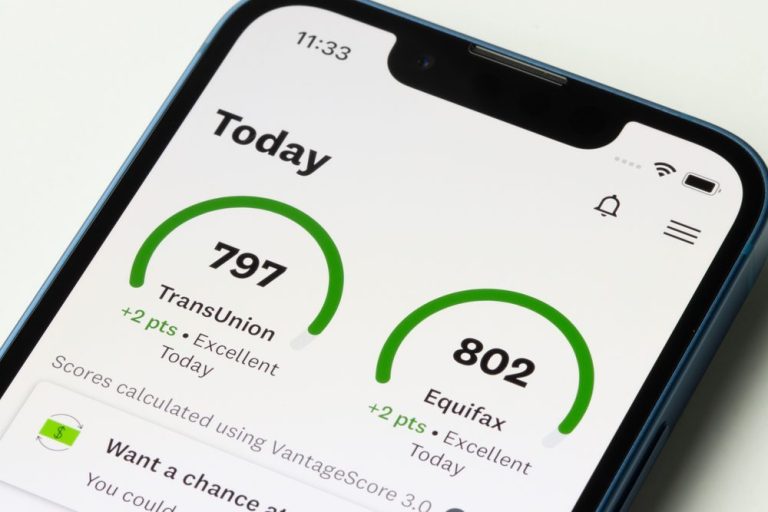
Credit Karma has debuted a tool to help customers expand and protect their wealth.
Net Worth, announced Thursday (March 9), is being rolled out to customers with credit scores of 720 or higher, and is part of Credit Karma’s plan to become “a full-service personal finance management platform.”
The offering was built in partnership with Mint, the personal finance site and app that — like Credit Karma — is owned by Intuit.
“Net Worth was built for U.S. consumers who have already made significant progress on their credit score and are looking for that next financial health indicator to track and take action on, as they continue their financial journey,” said Ryan Steckler, general manager of Prime and Mint.
“Before we can help consumers grow their net worth, we’ve built a seamless product experience that gives consumers a holistic view of all of their financial accounts, directly within the Credit Karma app.”
Although the program is limited to people with credit scores of 720 or higher, Credit Karma says it plans to open Net Worth to a larger group over time.
The launch comes as continued inflation puts pressure on all consumers, including higher earners who are likelier to have built up some level of wealth.
Recent research by PYMNTS and LendingClub found that more than half of high-income individuals — people earning more than $100,000 per year — live paycheck to paycheck.
“And the reason it’s happening is pretty simple. It’s inflation,” Anuj Nayar, financial health officer at LendingClub, told PYMNTS last month.
The average American household, he said, has seen its monthly bills shoot up by $400 since last year. Subtract that from the top of a consumer’s paycheck, and there’s less left every two weeks to go around.
Speaking with PYMNTS again this week, Nayar noted it’s worth keeping an eye on people’s savings, as many consumers don’t have enough to handle an emergency.
“The [savings] cushion was high COVID-19, but now they are just declining,” he said.
People who have issues paying their bills are carrying debt balances that are more than 150% of their available savings.
That means even if they drained their bank accounts and paid off what they could, they’d still be in debt.
At the end of 2022, PYMNTS and LendingClub found that a third of consumers weren’t saving money at all, so balancing their finances has become, and will remain, a significant challenge.
One way to help handle that debt, said Nayar, is to transfer that credit card debt into an installment loan with a fixed payment rate and definite end date.